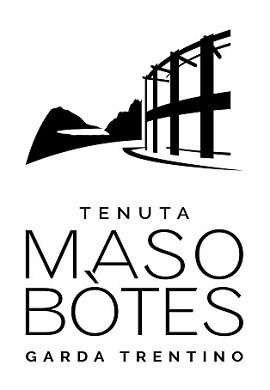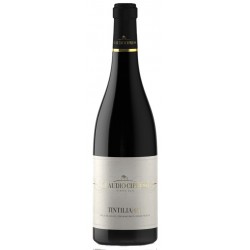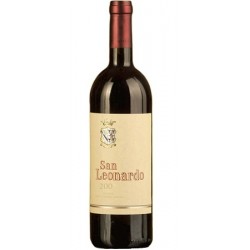No products in the cart.
Best Sellers
Migoleta, Vigneti delle Dolomiti IGT
Late period grape picking, at the end of October with very limited production and presence of botrytis and berries gently dried. Then further raisining in crates . follows in a dry and airy environment which is . constantly controlled bunch by bunch manually and carefully until February with a final reduction of 70% in weight/grapes.
Bricco delle Viole, Barolo DOCG
Bricco delle Viole is the vineyard that taught us patience and naturally guided the style of our craft.
66, Tintilia del Molise DOC
Tintilia is a red Italian wine grape variety that is grown in the Molise region of east-central Italy. A red wine made from the grape was classified as Denominazione di origine controllata (DOC) in 2011. Its name could be originated from “Tinto”, meaning “red” in Spanish...
Bosco Caldaia, Riserva 2016, Sannio DOC
origin of the name of the wine taken from the vineyard site, once a forest (bosco), which was used as a hunting reserve know as the “cauldron” (caldaia).
San Leonardo, 2015, Vigneti delle Dolomiti IGT
San Leonardo is the magical heir to a tradition known the world over as Bordeaux blending. Dreams and heritage mingle to bring you a wine that conveys all its land-rooted character and genuine territory-focused appeal.
Collection 1977-1996 Trentino D.O.C. Vino Santo “Della Valle Dei Laghi”
Vino Santo has been produced here in very limited quantities, with the local grape Nosiola, since the medieval time. The mature and golden bunches of grapes are left to dry on racks under the roofs of the houses for 6/7 months: from October until Easter.
Vigna Pedale, Riserva, Castel del Monte DOC
Awarded the “3 Bicchieri” (3 Glasses) prize by Gambero Rosso for eight consecutive years, this wine is obtained from single-variety vinification of Nero di Troia grapes cultivated in Contrada Pedale.
La Segreta Il Rosso, Sicilia DOC
Sito dell’Ulmo is a single-variety Merlot and from a ‘Single Vineyard’. Years of experience have helped us identify in the vineyards of Ulmo, planted in 1987 on the banks of Lake Arancio, the ideal place for the cultivation of this ancient French variety.

.png)


 - Copia.png)

 - Copia.jpg)























